The Glac Project: Australian and Serbian Archaeologists on The Trail of Great Discoveries!
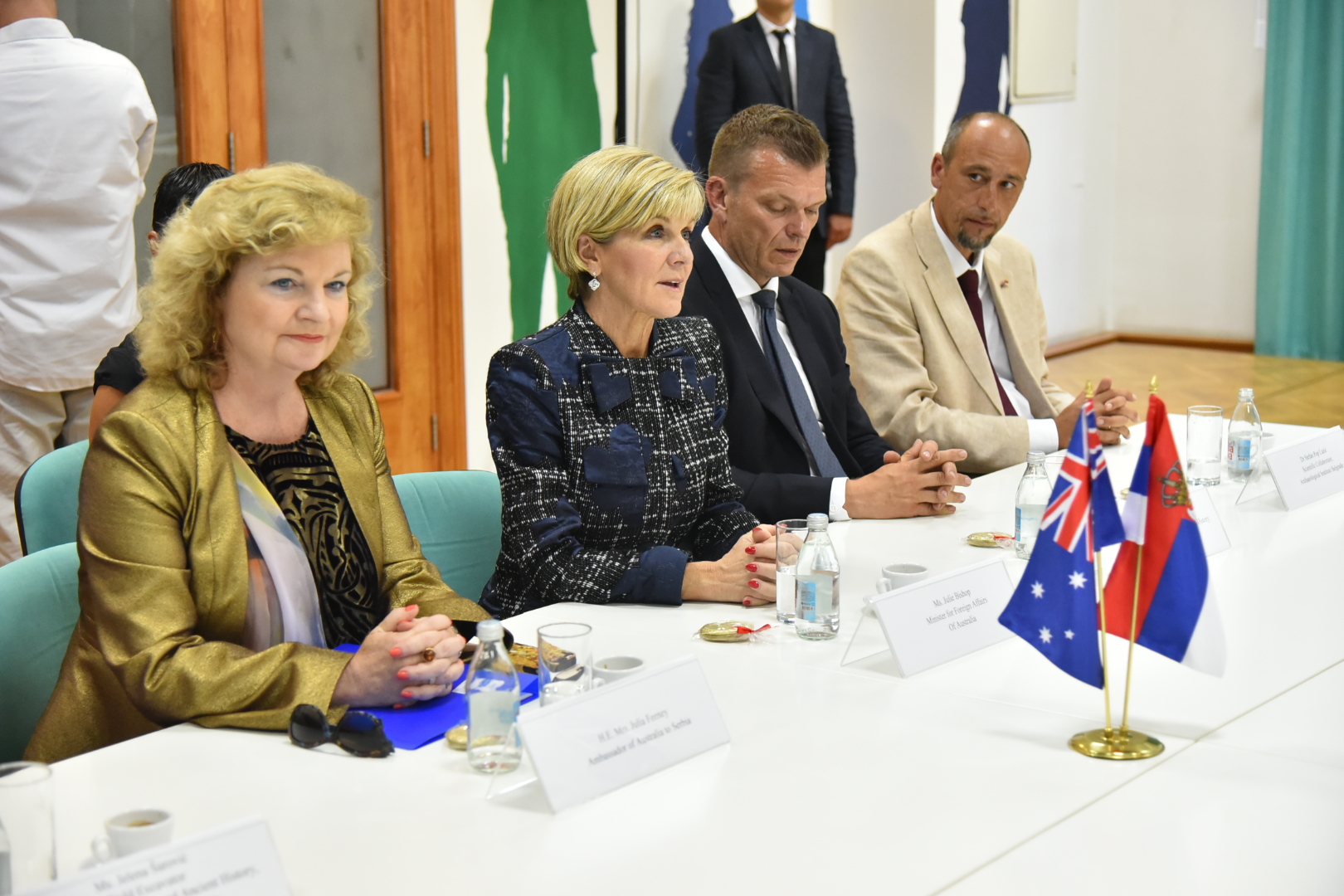
Photo: Embassy of Australia in Serbia archives
Video: Andrew Yip, Slobodan Maksić
Text: Ivana Nikolić
Australian minister of foreign affairs Julie Bishop attended the presentation of Australian-Serbian archaeological project “Vila Rustika Glac” during her official visit to Belgrade (Serbia). Serbian minister of culture and media Vladan Vukosaljević, H.E. Australian ambassador in Serbia Julia Feeney and other Australian and Serbian officials also attended the project presentation. Archaeologists discovered first significant artefacts at the Glac locality near Sremska Mitrovica (Serbia) just few days after the opening ceremony of this internationally recognized archaeological project at Belgrade City Hall. Floor mosaics, frescos as well as marble, porphyry and other luxurious materials discovered in Glac confirm archaeologists’ hypothesis that it is the location of Roman emperor Maximian Herculius’s summer palace as they assumed. It is clear from the beginning that this is the project of great importance. Everything indicates that it will bring epochal archaeological discoveries as experts engaged in Glac excavations expect.
“Vila Rustika Glac” project officially begun in June this year, but preparations that preceded to it lasted for over three years. Everything started when archaeologist PhD Richard Miles and his colleagues from The University of Sydney decided to invest in archaeological excavations at Glac locality near Serbian city Sremska Mitrovica expecting to find the emperor Maximian’s summer palace remains. First geophysical researches in 2014th showed that there is a 4 hectares big construction in this area. Several meetings of Australian and Serbian experts and officials followed and everyone agreed to start the project. The University of Sydney and Archaeological Institute in Belgrade (Arheološki institut u Beogradu) run the Glac project with the support of Embassy of Australia in Serbia and Serbian Ministry of Culture and Media. Coordinators of Australian and Serbian research teams are archaeologists PhD Richard Miles and PhD Stefan Pop Lazić. The project includes scientific and academic exchange between Australian and Serbian professors and students as well as touristic potential development of Glac and the surroundings.
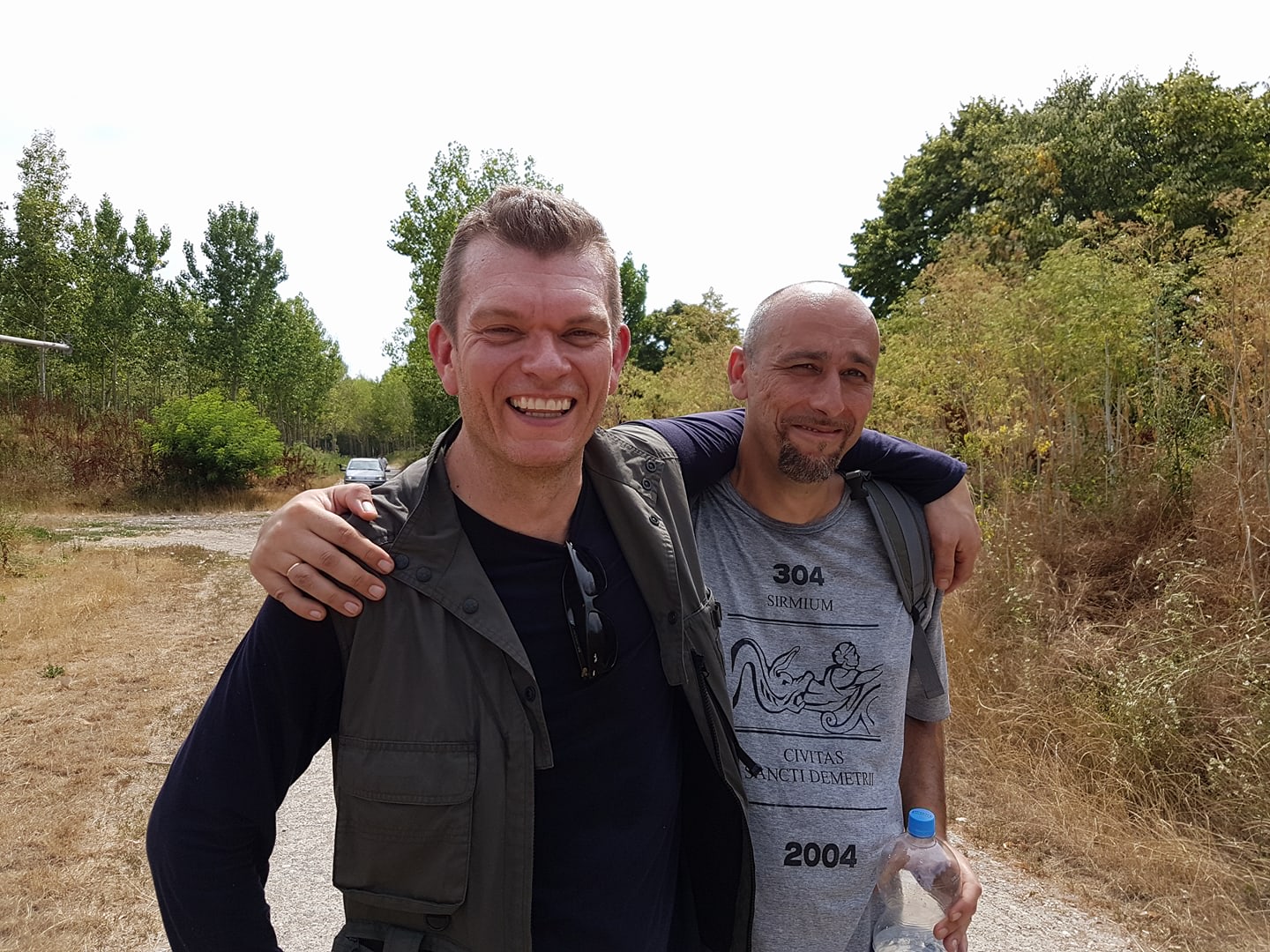
“I can tell you that this is going to take about 10 years. This vast Roman palace is very important building, which people didn’t know about before. It’s going to be exciting not only for Serbia, but for everyone. Right across Australian world this is going to be very well known site and we want to do the best job we can” – said professor Miles for Australiana Serba Internet Magazine.
“For us it was very exciting when The University of Sydney approached us and said they are interested in this site. Of course, as the embassy we were aware of the wealth of Serbian and Roman history. We were very excited not just because of the project itself, but because of the idea of bringing Serbian and Australian students together, bringing really high tech drones and so much more to a project like that. I think it’s quite clear the wealth of Serbian cultural heritage here, but also because of the economic situation, there is so much potential that’s been underdone. So, the wonderful thing about bringing together University of Sydney with the Archaeological Institute here is like bringing not just resources and funding, but new technology and expertise so they can work on the site together” – explained H.E. ambassador of Australia in Serbia Julia Feeney for our readers.
Excavations in Glac lasted from the end of June till 21st of July this year. It is announced that there will be much more extensive and longer archaeological research of Glac locality next year. The University of Sydney provided 25.000 euros and Serbian Ministry of Culture and Media 1.07 millions of Serbian dinars for the first phase of “Vila Rustika Glac” project. When it comes to long term plans, Glac project includes excavations, scientific interpretation as well as opening of archaeological park with the presentation of rich ancient historical heritage of Serbia for visitors. This project will also include touristic and economic development of local community thanks to the archaeological park and other contents. There should also be organized archaeology schools for students from Serbia, Australia and other countries near the Glac site.
“Australian archaeologist will come here. Then we hope to bring Serbian archaeologists to Sydney also and that is amazing. Look, it’s all about exchange. There’s so much to learn from here. We are young country and you just have such an interesting history, so we’re going to learn a lot from you. Glac is very close to Sremska Mitrovica which was one of the capitals in the late Roman Empire. A lot of late Roman emperors came from Serbia, a huge number of them, so that makes it very important. But also, you asked why Serbia, why I want to be here. Two reasons: because this country has brilliant archaeologists and it’s a great country. When I first came here about three years ago I loved it” – PhD Richard Miles pointed out.
“It takes all of those boxes: scientific, educational, etc. In the longer term we hope that the tourism potential of such a site will be fantastic. And I think, as Richard said, it’s not just about digging on a site for a couple of years. This is really a long term investment and we see it as a real potential to build up the bilateral relationship of two countries that are so far apart, but in some ways quite familiar with each other as well” – says H.E. Julia Feeney.
Archaeological site Glac is settled only three kilometres from Sremska Mitrovica or Sirmium as this town was called at the time when it was one of four late Roman Empire capitals. Glac is named after Petar Glac (Petar Glatz) who owned the property where this archaeological site is discovered in XIX century. First remains of mysterious Roman building in Glac were also found at that time and archaeologist Ignjat Jung wrote first notes about it soon after that. Serbian archaeologists made some smaller researches of this site in 1994. Based on previous findings archaeologists have reasons to believe that that Roman emperor Maximian built a magnificent palace in Glac somewhere around the end of III and the beginning of IV century. That was probably huge complex of buildings that were used as a summer palace near Sirmium (Sremska Mitrovica): The first extensive excavations in Glac start with “Vila Rustika Glac” project. Australian and Serbian archaeologists who work on this project are determined to research this site completely this time. The future will tell what they shell discover, how many important archaeological and historical findings. One thing is for sure – the exciting story about Glac and all the lines that will be written to it by Serbian and Australian archaeologists are already an important part of rich cultural and historical heritage of Serbia.
*Watch fantastic Glac Project promo video too! Camera: Andrew Yip; director: Slobodan Maksić
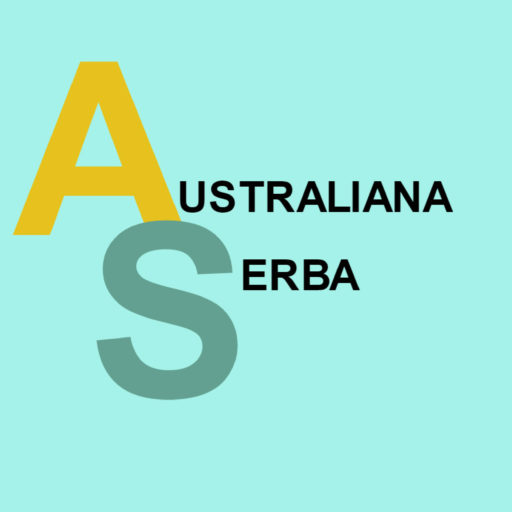


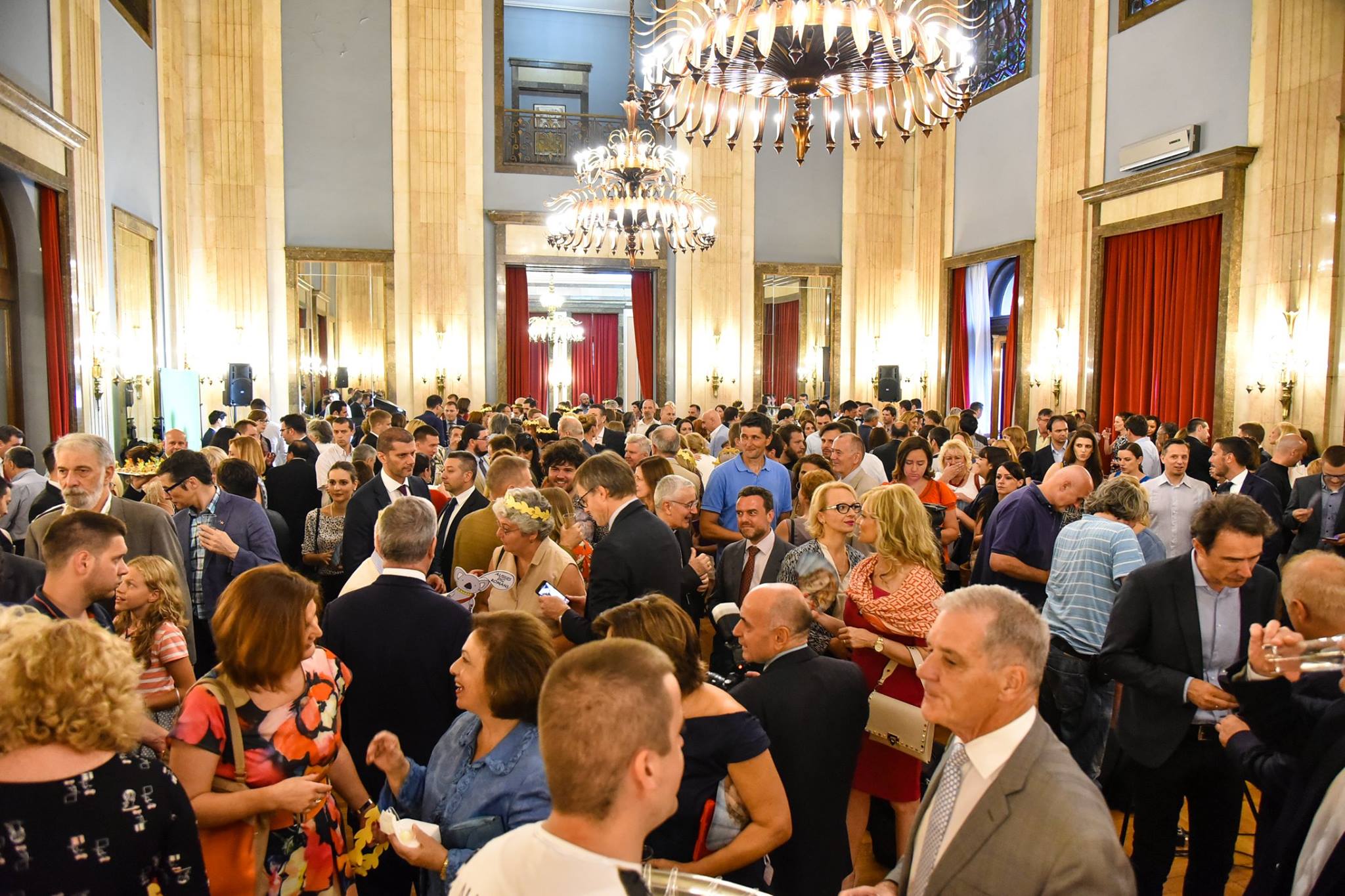
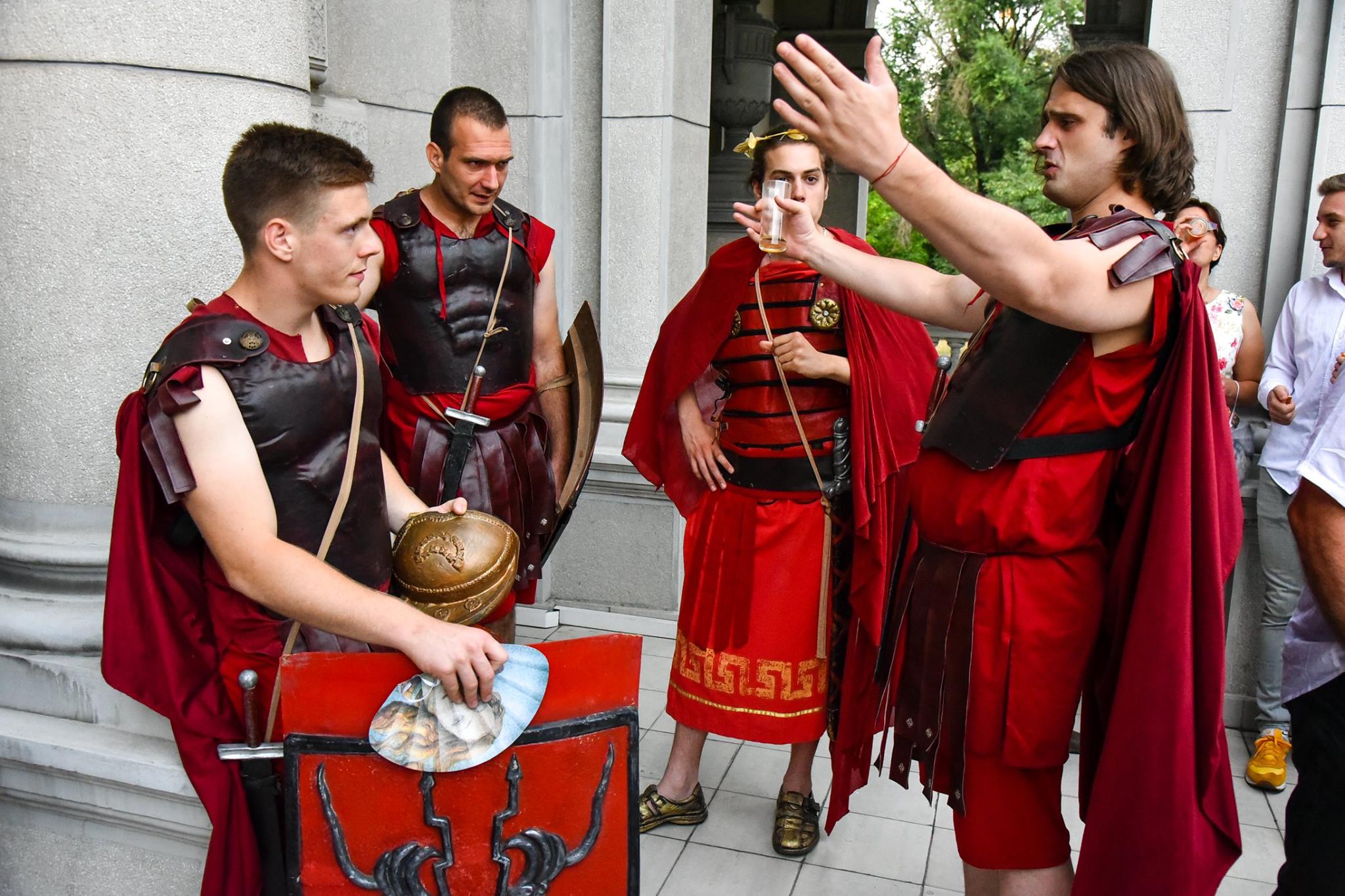

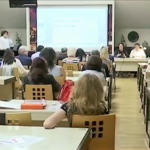

Leave a Reply